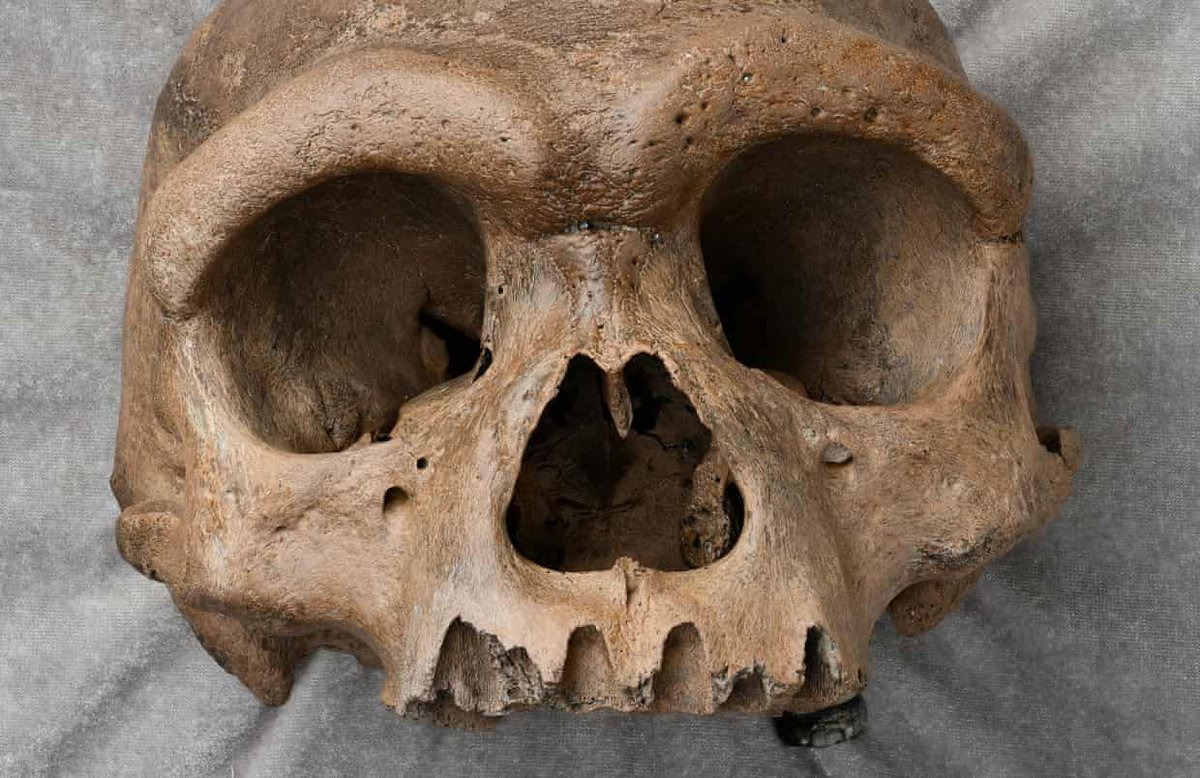Sometime between 370-150,000 years ago Neandertals got a Y chromosome from a more modern-like source population. This ultimately spread throughout all later Neandertal populations from which anyone has sampled DNA. 
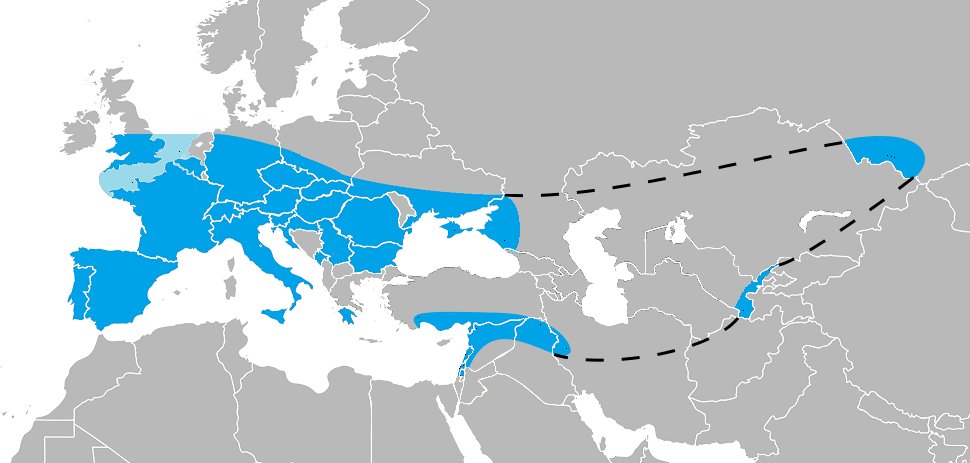
The Neandertals and Denisovans originated from a common source population with African ancestors of modern humans sometime between 600 and 700,000 years ago. 
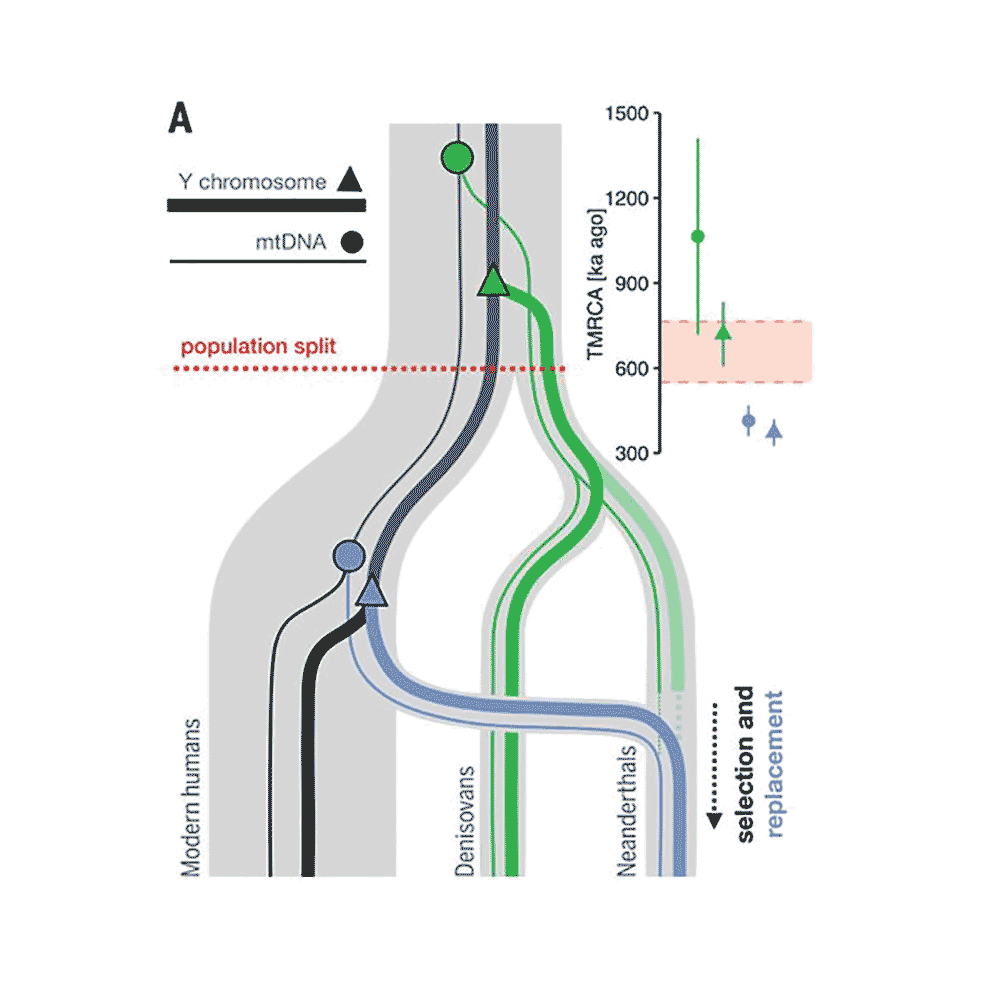
This means that Neandertals and their Y chromosome donor population had begun to differentiate from each other between 230,000 and 600,000 years before this Y chromosome introgression happened. 

Modern human groups today descend from populations that began to differentiate genetically from each other within Africa by 350,000-260,000 years ago. We don't know whether the Neandertal Y donor population was within this ancient diversity or somewhat more distant from us. 
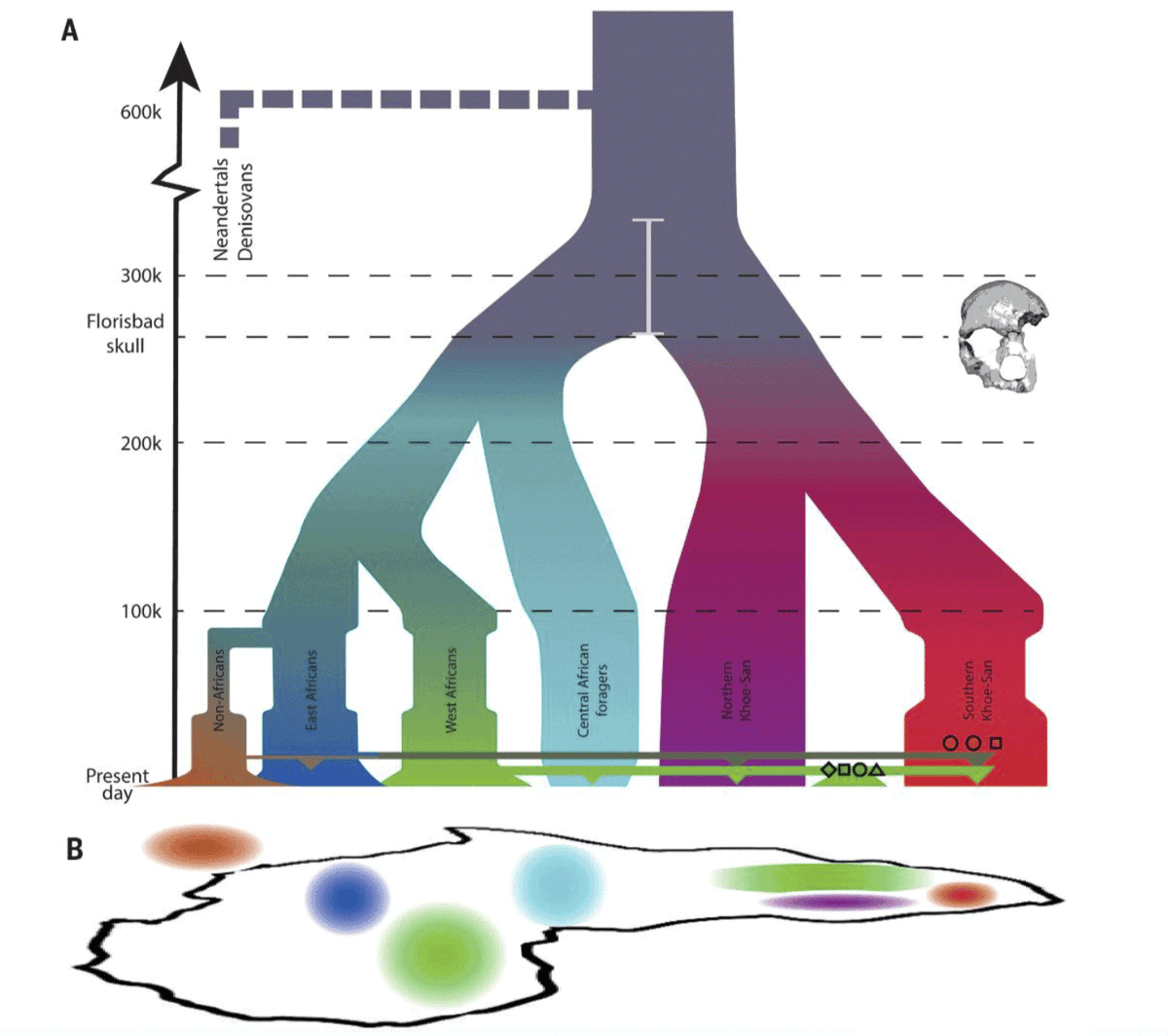
Together these estimates suggest the possibility that some of today's modern human populations may be separated by a longer history than Neandertals were from their Y donor population. 
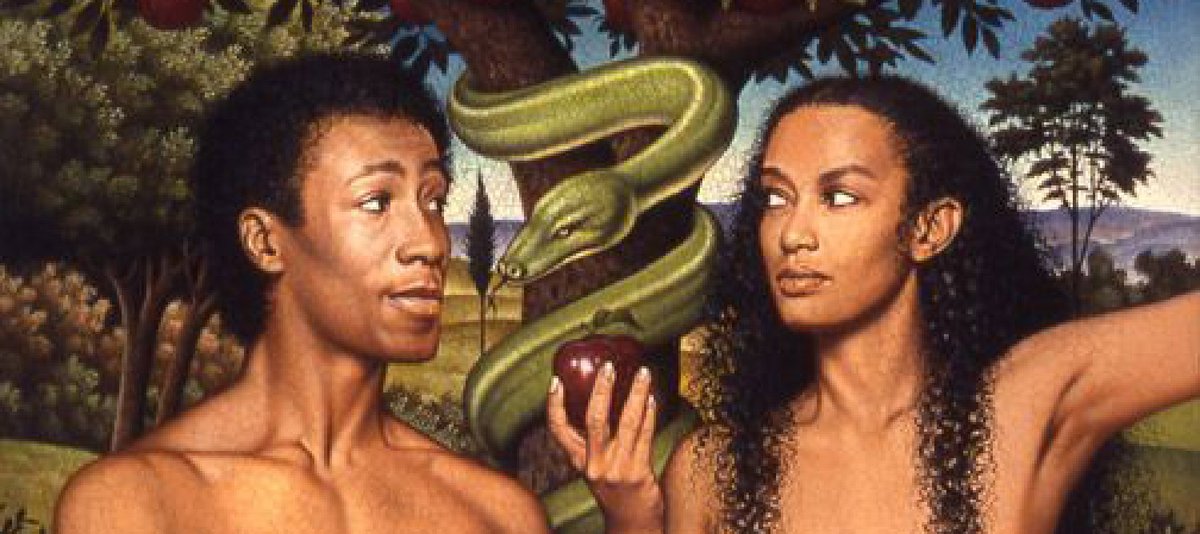
There is much more to the story of genetic difference than the time since the common ancestral population. Ancestral humans were much smaller population sizes, with greater drift and less frequent genetic interchange than modern populations of the last 50,000 years. 
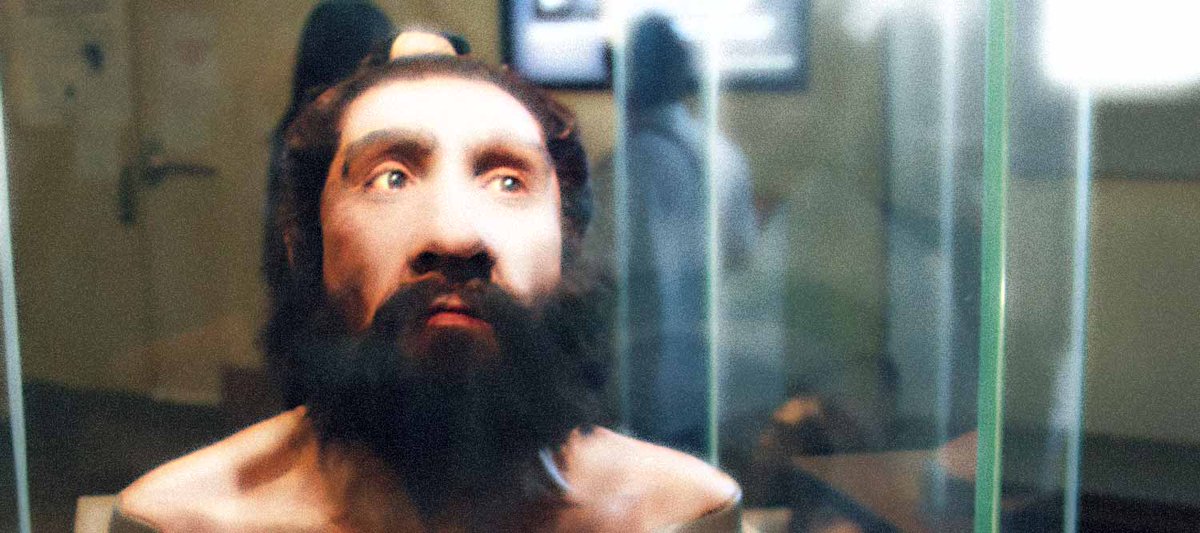
Today's humans around the world share a more interwoven network of common ancestry and genetic interchange than Neandertals and their contemporaries did. Isolation and low diversity made a difference to Neandertal evolution, including the fate of introgressed haplotypes. 

But.. At the time these ancient peoples were interacting with each other, they were tied by history. The genealogies that we can trace in their DNA reflect a network of contacts across time. And we remain part of that network today. 

• • •
Missing some Tweet in this thread? You can try to
force a refresh









